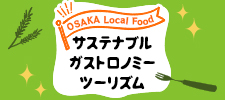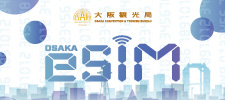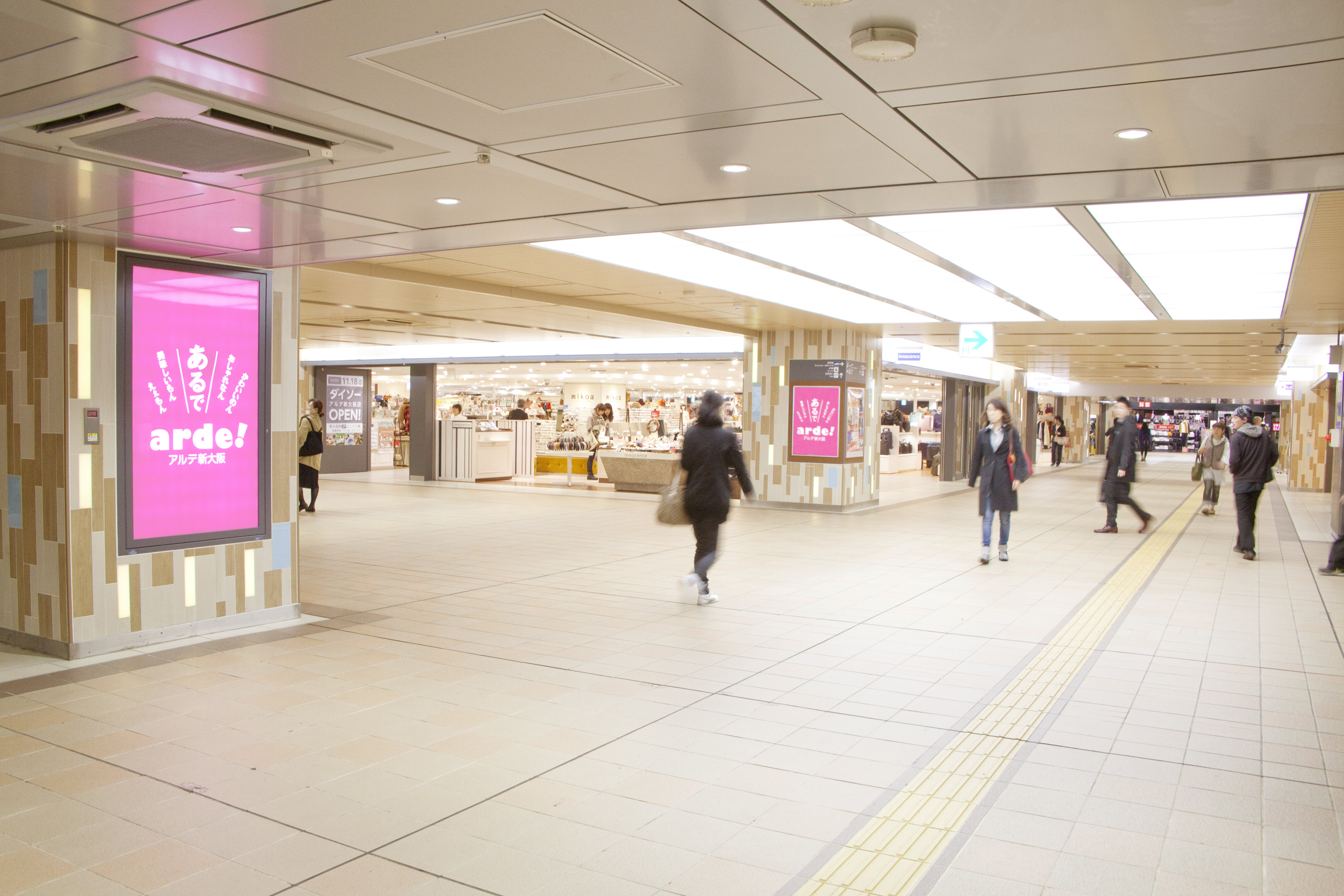旧西尾住宅(吹田文化創造交流館)

江戸時代に庄屋を勤めた近代和風建築物住宅。離れなどの設計は、関西近代建築界の重鎮:武田五一氏。ちなみに吹田で最初に電話を設置したのは当家で、電話番号はその名残0001。
天皇を譲位した上皇の所領地から、皇室や伊勢神宮の新嘗祭(にいなめさい)などに、米や野菜のお供え物の神饌(しんせん)を献上していた仙洞御料庄屋であった旧西尾家の住宅は、約1,400坪の敷地に数寄屋造りの表門(元長屋門)、主屋、離れ、茶室、土蔵、庭園などがある。外側は純和風建築ながら、内側には洋風棟があり、ビリヤード室やアール・ヌーヴォー風のステンドグラスが張り込まれた洋室もあり、往年の栄華を知ることができる、贅沢な造り。一時は大阪国税局に相続税として物納され、取り壊しの話があがったが、地元住民らの保存を求める運動により、吹田市が管理を委託され、現在吹田文化創造交流館として一般公開されるに至る。
基本情報
- 営業時間
- 9:00~17:15
- 休日
- 年末年始(12/29~1/3)
- 料金
- 入場無料
- アクセス
- JR・阪急「吹田」駅徒歩約10分
- 住所
- 〒 564-0032 吹田市内本町2-15-11
- 電話番号
- 06-6381-0001
- Fax
- 06-6381-0001
- その他
- ボランティアガイドによる案内有









